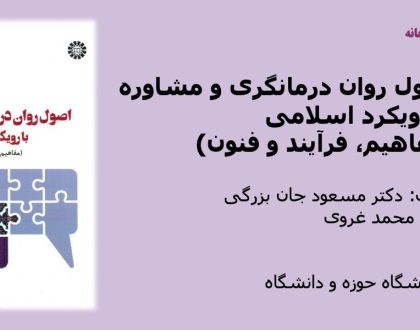Mind and Places A Multidisciplinary Approach to the Design of Contemporary City

Thinking about the design of the contemporary city in relation to “mind” and “place” is in many ways a new proposition. There are references and images of the city projected as a body where the heart and circulation become analogies that render human anatomy at an urban scale; where anthropomorphised cities possess a calm sense of inherent logic and controlled order that comes from proportion and symmetry. This metaphor of the body does not work so well for the twenty-first century city as more and more people move to cities and where there is a sense of mass and flow that problematises limits and borders. Posing “mind” and “place” in relation to the contemporary city however is immediately provocative. Is it to affirm an individualistic, human-centric position or can it open up other possibilities? The different theoretical lenses and praxis presented here achieve the latter. They affirm that there is something timely and profound about foregrounding the importance of posing “mind” in relation to cities and the making of place. These essays also make apparent a genealogy concerned with subjectivity and the urban environment that can be mapped through the twentieth century. For example, the 1903 lecture by sociologist Georg Simmel titled The Metropolis and Mental Life that addressed the effect of the city on people’s mental life and the blasé attitude that was created to reduce the stimuli and sensation of the city. Another connection can be made to the Situationists’s experiments with different techniques and practices such as psychogeography to rupture and interrupt the affect of the spectacle and the effects of capitalism and consumerism on people’s lives.
مطالب مرتبط

اصول روان درمانگری و مشاوره با رویکرد اسلامی (مفاهیم، فرآیند و فنون)
۲۶ / بهمن / ۱۴۰۳

آموزش مهارت نوشتن از منظر شناختی
۲۶ / بهمن / ۱۴۰۳


